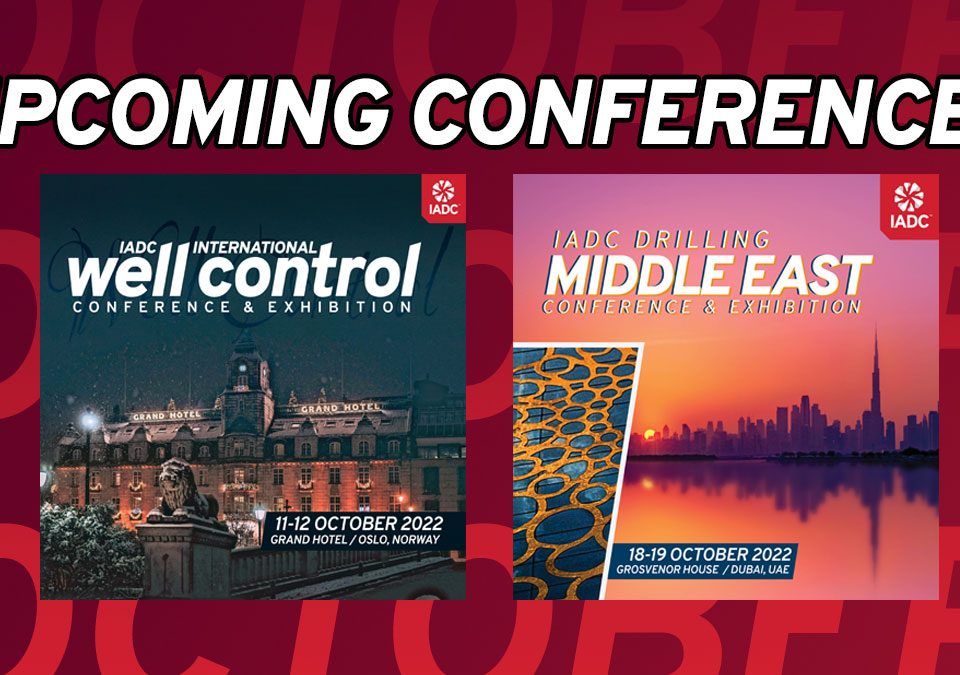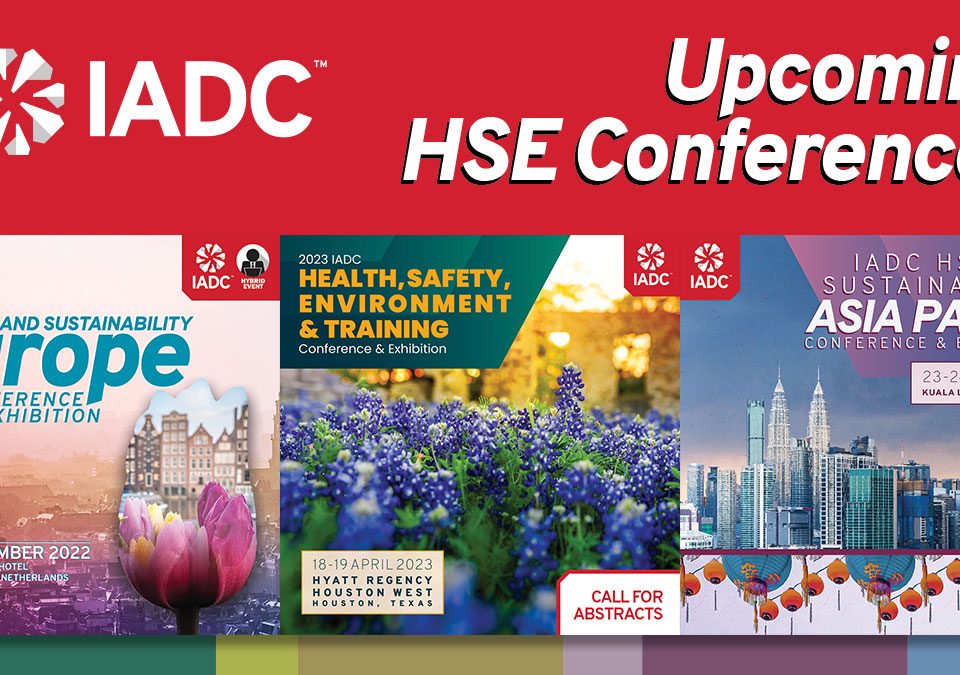Heat Stress Precautions and Ill Effects
Heat Stress Precautions and Ill Effects
Heat Stress Precautions and Ill Effects
Simple precautions can prevent many heat-related deaths and injuries.
It is recommended that you practice the following helpful habits:
- Drink plenty of water—about 1 cup of cool water every 15 to 20 minutes, even when not thirsty—and avoid alcohol, coffee, tea and caffeinated soft drinks that dehydrate the body.
- Adjust to the heat by assigning a lighter workload and longer rest periods for the first 5 to 7 days of intense heat. This process should start all over again when a worker returns from vacation or absence from the job.
- Wear lightweight, light-colored, loose-fitting clothing.
- Workers should change their clothes if they get completely saturated.
- Use general ventilation and spot cooling at points of high heat production. Good airflow increases evaporation and cooling of the skin.
- First aid workers should be trained to recognize and treat the signs of heat stress.
- Workers should know who has been trained to provide aid.
- Supervisors should be trained to detect early signs of heat-related illness and permit workers to interrupt their work if they become extremely uncomfortable.
- Consider physical condition when determining fitness to work in hot environments.
- Obesity, lack of conditioning, pregnancy and inadequate rest can increase susceptibility to heat stress.
- Alternate work and rest periods, with rest periods in a cooler area. Shorter, more frequent work-rest cycles are best.
- When possible, schedule heavy work for cooler times of the day and use appropriate protective clothing.
- Monitor temperatures, humidity and workers’ responses to heat at least hourly.
Ill Effects of Excessive Heat
Heat Stress
Cause: Failure of the heat regulating mechanism of the body, with or without direct exposure to the sun.
Symptoms: Victim may complain of headache and dizziness. Face is red; skin is hot and dry with no sweating. Other symptoms include high temperature, labored breathing and sometimes unconsciousness.
Treatment: Victim should be removed to a cool place and laid down with his head raised. Remove as much clothing as possible and cool the body with cold applications or a cold bath. Stimulants should never be given. As consciousness returns, he should be watched for signs of shock and treated accordingly.
Heat Exhaustion
Causes: Excessive loss of salt from the system through perspiration, caused by either the sun’s rays or indoor heat.
Symptoms: Victim’s face is pale; skin moist and cool with profuse sweating. Temperature is subnormal; pulse is weak and rapid. Symptoms can also include shallow breathing, dizziness and nausea and vomiting.
Treatment: The victim should be removed to circulating air and laid on his back with head lowered. Wrap the victim in blankets to prevent chills. Frequent drinks of warm salt water (approximately 1 teaspoonful of salt per pint of water) should be administered, keep victim quiet, and treat for shock.
Heat Cramps
Causes: Excessive loss of salt from the system through perspiration. May occur indoors or outdoors.
Symptoms: Cramping pains in the abdomen and limbs. May or may not be accompanied by heat exhaustion.
Treatment: Remove the person to circulating air. Treat for shock. Keep the victim lying down with the head low—no pillows or pads. Keep the victim warm, and if he is conscious and alert and able to do so, have him drink diluted electrolyte solution. Firm hand pressure will often relieve the pain of muscle cramps.
The possibility of heat exhaustion, sunstroke and heatstroke may be minimized by increasing the electrolyte intake during exposure to hot environments, by using extra salt on your food, drinking salt in water, or taking electrolyte tablets to replace the body electrolytes lost through perspiration.



